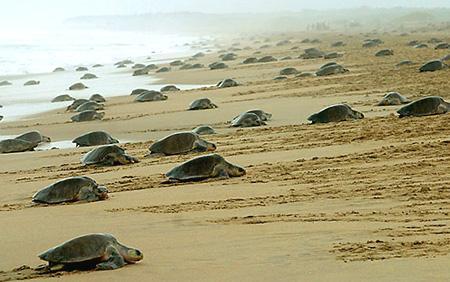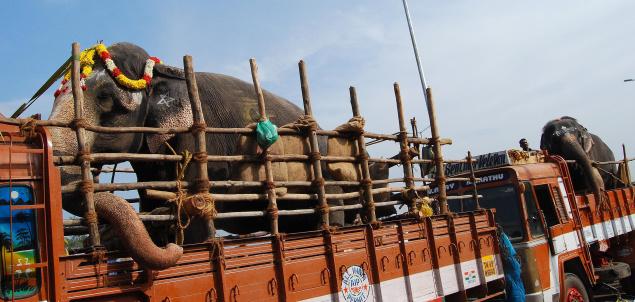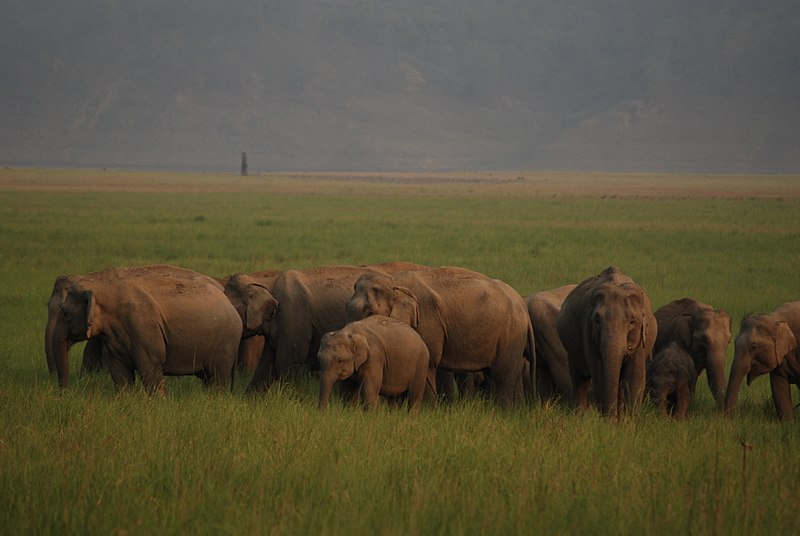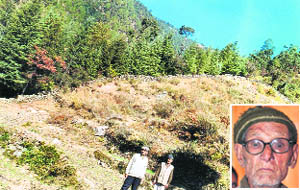 Gahirmatha Marine sanctuary in Orissa is one of the biggest mass nesting grounds of Olive Ridley Turtles in the world. But this year, forest department is concerned that the nesting of the endangered turtle will be delayed due to climate change.
Gahirmatha Marine sanctuary in Orissa is one of the biggest mass nesting grounds of Olive Ridley Turtles in the world. But this year, forest department is concerned that the nesting of the endangered turtle will be delayed due to climate change.
Orissa forest officials earlier predicted that the annual arribada of olive ridley turtles will occur at Gahirmatha in the first week of February. But the changing climate scenario has delayed the phenomena and pushed it to later dates of February.
According to Manoj Kumar Mohapatra, the DFO Rajnagar mangrove (Forest) and Wildlife Division the Bay of Bengal experienced a recent depression which changed the conditions around the coast. The Olive Ridleys therefore returned to deep sea waiting for better coastal conditions to return to the rookery.
“Nesting time may be delayed due to climate change. One of the main reasons is that the accretion of sand on the nesting beach is continuing due to the northerly winds,” he said. “The turtles always prefer to nest after the accretion of new sand that occurs around this time. If they nest during the accretion, the eggs will get buried and hatchling success will be reduced,” he said.
“The beach condition is governed by climate change. Probably climate change has delayed the stabilisation of the beach,” he added.
Mohapatra said the delay in nesting is not a new phenomenon and such delay was also observed in the past.
“The carcasses of about 274 Olive Ridley turtles have been spotted since Nov 1 last year at various places on the coast near Gahirmatha,” he said.
The endangered Olive Ridley turtle, protected under Schedule 1 of wildlife Protection Act,1972, grows up to 75 centimeters (25 inches) in length and the turtle is found in the tropical regions of the Pacific, Atlantic and Indian oceans. In the months of December to January, their mating season starts and they congregate in thousands to nest in the sanctuary.
The Birth Cycle
Mohapatra said, during the breeding season, males and females migrate from their feeding ground to the breeding ground, mating occurs in the offshore waters of the breeding The female turtles tend to move towards the beaches in large synchronized concentrations. During the night, they use their rear flippers to dig pits on the shoreline where they lay their eggs. Once the eggs are safely covered with sand, the female turtles return to the sea using a zig-zag movement to ensure that no predators can get to the nests.
Each female olive ridley turtle lays at least 120 to 150 eggs and with hundreds of turtles laying eggs at once, Gahirmatha is one of the only nesting grounds in the world where turtles congregate in such large numbers each year. After 45 days the eggs hatch and automatically begin moving towards the sea. It is one of those mystical phenomena of nature, where hatchlings survive right from birth without any help, care of guidance from their mother. Another characteristic of this cycle is that the young females keep returning to the same coast and this information is passed on to the next generation too. For centuries this Orissa coast has been the maternity ward and nursery of young turtles.
According to DFO, the endangered species mortality rate is so high that one egg out of every 1000 eggs laid, ultimately hatches and the hatchlings survives to become an adult Olive Ridley.
Protection measures
The young turtles just out of their eggs have a long distance to cover from the nest till the sea. On the way they can easily become prey to predator birds or stray dogs. The eggs too may be destroyed by stray animals. Apart from these loud noise, strong light also deters turtles from laying eggs. The forest department therefore alongwith help from locals and a number of NGOs is making sure that the turtles are not obstructed in any way and can lay eggs in peace.
Related Stories:
Injured Olive ridley Turtle Saved and released back to Ocean
Fisher women in Orissa to the Rescue of Olive Ridley Turtles










3 thoughts on “Olive Ridley Turtle nesting delayed due to Climate Change”